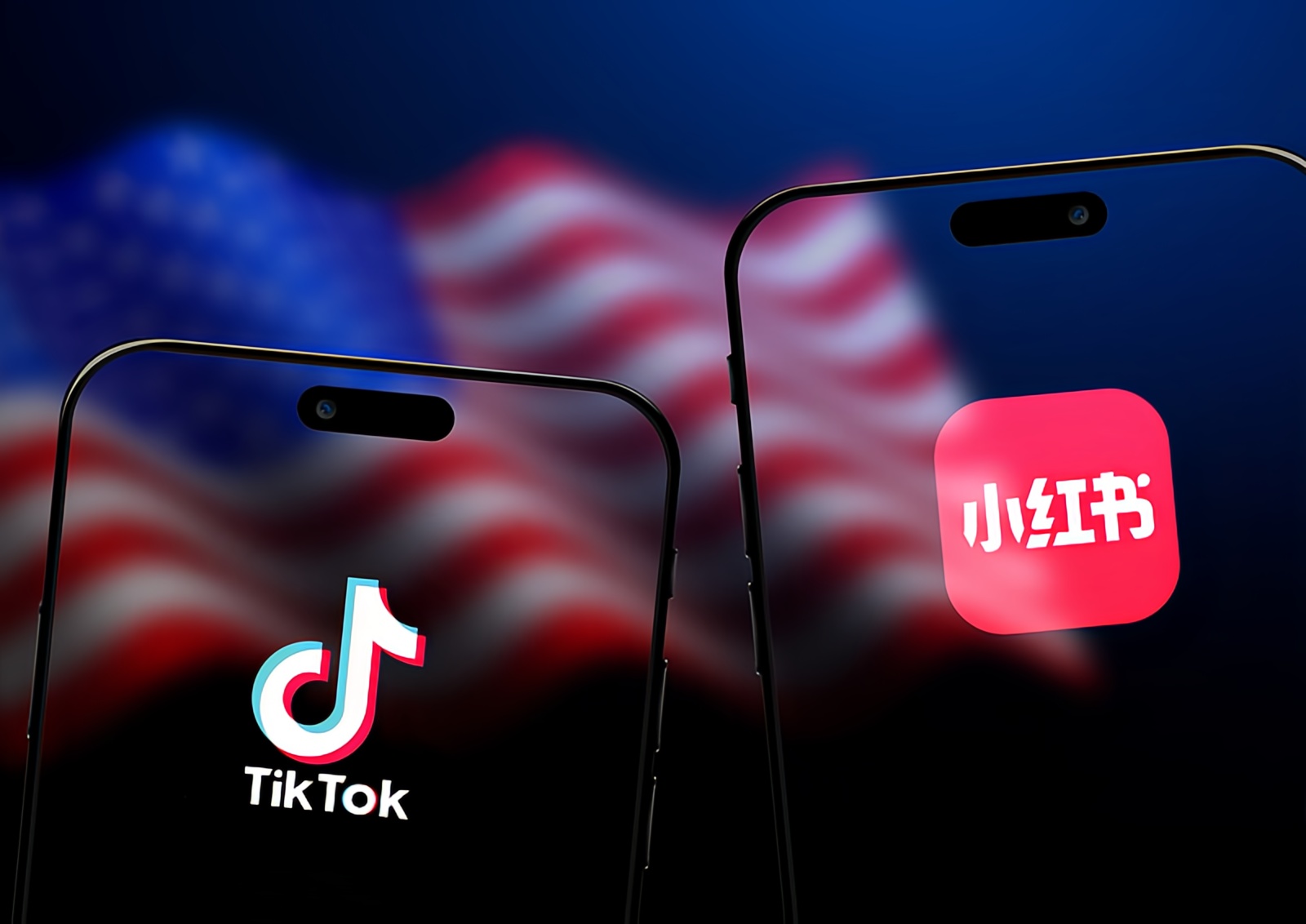

China’s digital landscape continues to evolve, fostering the growth of innovative social platforms like RED (Xiaohongshu or Little Red Book). Originally launched as a beauty and cosmetics sharing community, RED has expanded into a comprehensive lifestyle platform, covering male fashion, food, travel, fitness, and more. With over 300 million registered users as of 2023 (up from 90 million in previous years), RED has solidified its position as a go-to platform for millennials and Gen Z users seeking authentic recommendations and lifestyle inspiration. Its unique blend of social sharing, e-commerce, and community-driven content has made it a standout in China’s crowded social media space.
Let’s dive deeper into RED’s brand positioning using our 4 Facets Framework and explore how it compares to other major platforms like Instagram, TikTok, and Pinterest.

RED’s success lies in its high-quality user-generated content (UGC). Users are encouraged to share detailed reviews, recommendations, and personal experiences, creating a sense of authenticity and trust. When more and more people start doing the same thing, a community is formed.
Unlike other social platforms such as Instagram, where content often leans toward aspirational and curated visuals, RED focuses on practical, informative, and relatable content. This makes it a trusted resource for users looking for genuine product insights, authentic and useful content.
While Instagram influencers often showcase idealized lifestyles, RED’s content creators (including celebrities and KOLs) emphasize real-life usage and honest feedback. Putting the power from brands into the hands of consumers has redefined how people discover and purchase products. Leading to a higher quality of conversations and engagement. RED’s integrated e-commerce feature further enhances this experience, allowing users to buy products directly from the app without switching platforms — a feature that sets it apart from Instagram and TikTok.

RED aims to shape itself to a ‘book’ where everyone can write and read the world’s best lifestyles at their fingertips. A clever nod to the Little Red Book used during the Cultural Revolution as a code of conduct, RED can be seen as the perfect representation of the new social conduct of China.
In comparison, platforms like Pinterest also focus on lifestyle inspiration, but RED’s integration of social interaction and e-commerce gives it a unique edge. While Pinterest is largely a visual discovery tool, RED combines discovery with community engagement and seamless shopping, making it a more dynamic and interactive platform to share overseas shopping hauls and beauty tips as its original vision and intent.

If you are familiar with RED, you would have encountered the words 种草(seeding), 长草(growing) and 拔草(weeding), which best describes the user journey and platform interaction as well as the ‘trust economy’ that RED operates within.
This process is deeply rooted in community trust, a feature that distinguishes RED from platforms like TikTok, where viral trends often drive purchases but lack the depth of user reviews and long-term engagement. TikTok’s algorithm prioritizes short, entertaining content, while RED focuses on detailed, informative posts that build lasting trust.
RED is the ultimate stylist and lifestyle curator who picks and recommends the most suitable fashion, beauty and lifestyle products based on a user’s unique style choices and preferences. Its recommendation system generates results based on each user’s search history, disseminating different trends as well as personal taste to bring the best style to its users. As everyone’s dream personal stylist, RED is trendy and reliable, delivering content that feels custom-made.
In contrast, Instagram relies heavily on visual appeal and influencer endorsements, often prioritizing aesthetics over practicality. While Instagram is ideal for brand visibility and aspirational content, RED excels in providing actionable insights and personalized recommendations.
| Feature | RED (Xiaohongshu) | TikTok | ||
| Primary Usage | Lifestyle discovery + e-commerce | Visual storytelling + brand promotion | Short-form video entertainment | Visual discovery + inspiration |
| Content Type | Detailed reviews, tutorials, UGC | Curated photos, reels, stories | Viral videos, challenges, trends | Pins, boards, DIY ideas |
| E-commerce Integration | Seamless in-app shopping | Limited (shopping tags, no direct checkout) | Limited (affiliate links, no direct checkout) | Limited (product links, no direct checkout) |
| User Engagement | High (trust-driven, community-focused) | Moderate (likes, comments, shares) | High (viral engagement, comments) | Moderate (saves, clicks) |
| Demographics | Millennials, Gen Z (China-focused) | Global, broad age range | Gen Z, younger millennials | Primarily women, global audience |
With its mirage of images resembling mood boards, original content including photo reviews and video tutorials, and e-commerce capabilities, RED is said to be the combination of Pinterest, Instagram and Amazon. But even that fails to encapsulate the one-of-a-kind platform that RED is. Redefining the intersection of social media and e-commerce by prioritizing authenticity, community, and trust with a vision to be a global lifestyle hub — it is a lifestyle ecosystem that empowers users to discover, share, and shop the best products and experiences. The pivot away from the two-dimensional buyer-seller relationship and towards the social sharing community has proven to be a successful strategy for the young and nascent brand.
Jessalynn Chen
Managing Director, LABBRAND Singapore
A Labbrand Group Company © 2005-2024 Labbrand All rights reserved
沪ICP备17001253号-3* Will be used in accordance with our Privacy Policy
To improve your experience, we use cookies to provide social media features, offer you content that targets your particular interests, and analyse the performance of our advertising campaigns. By clicking on “Accept” you consent to all cookies. You also have the option to click “Reject” to limit the use of certain types of cookies. Please be aware that rejecting cookies may affect your website browsing experience and limit the use of some personalised features.